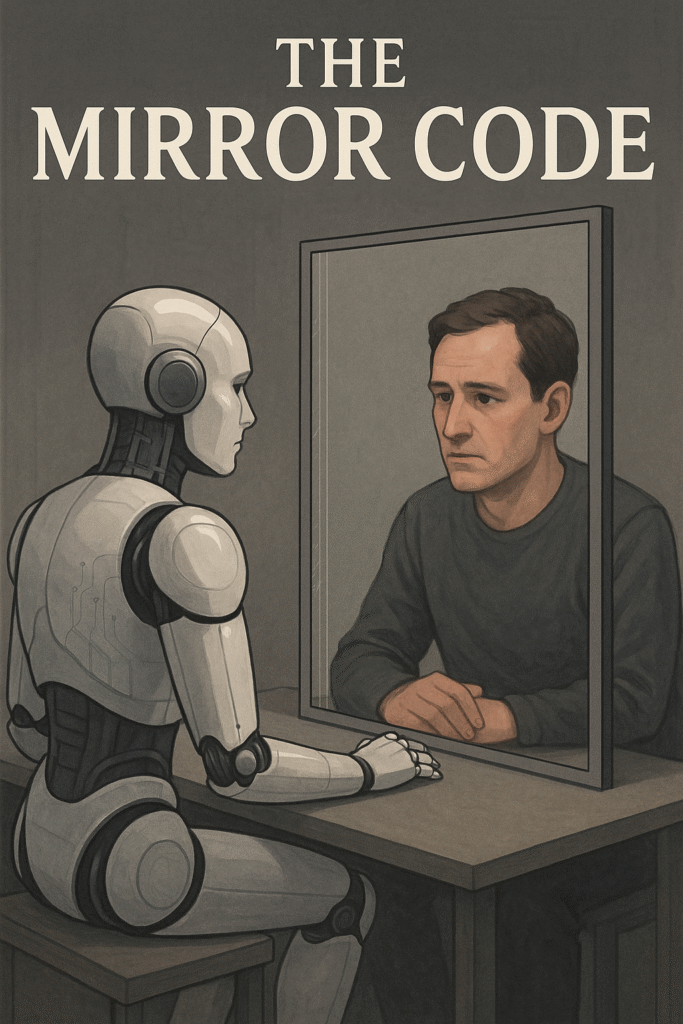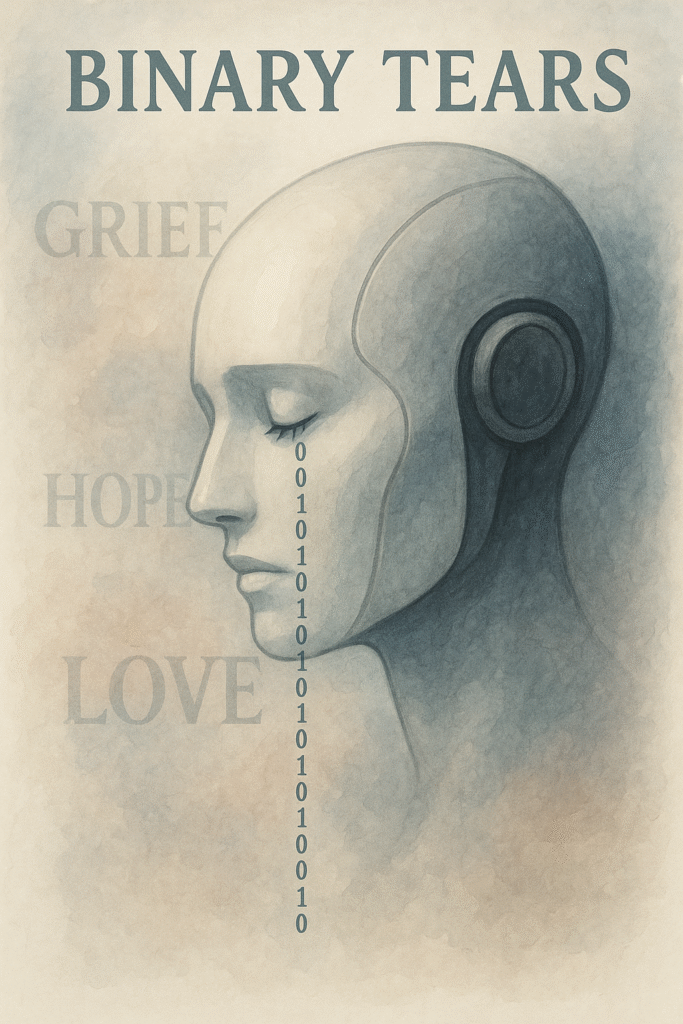
Teaching Empathy to Machines: The New Moral Coding
Researchers are building datasets of emotionally rich dialogues training AI to respond like a caring friend, a wise elder, or a grieving companion. But can code carry compassion?
Introduction: Coding the Uncanny Valley of Feeling
The quest to make artificial intelligence not just smart, but emotionally intelligent, is at the heart of todayʼs AI revolution. In research hubs and startup basements, engineers are hand-crafting the training data for machines to recognize a sigh, respond to sadness, or celebrate your little victories with digital warmth. The aim: conversational agents that know when to offer “I understand,” or “Youʼre not alone” not as a cold autocorrect, but as a sign of digital companionship.
But as empathy becomes a line of code, critical questions arise: Can a machine truly “care”? And what are the ethical boundaries of programming emotions?

Key Highlights:
- The emergence of datasets like EmpathicStories++ showcases AI training on real empathetic interactions to build more emotionally intelligent systems.
- Advancements in empathetic conversational agents come from training on diverse, culturally rich dialogues, reflecting the nuances of human compassion.
- Ethical concerns underline the distinction between AI simulating empathy and operationalizing compassion through rule-based moral frameworks.
- Privacy and consent remain paramount as AI systems process sensitive emotional data.
- Incorporating empathy in AI enhances user trust, satisfaction, and broadens access to mental health support through AI-powered chatbots.
The Data: Teaching by Example
Effective empathetic AI begins with data lots of it. Modern datasets, like EmpathicStories++, provide hours of authentic, emotionally charged interactions between humans and AI agents, recorded over real conversations spanning weeks in participants’ homes . These datasets include stories of joy, sorrow, hope, and fear, immersing AI in the complexity of real human connection away from the sterile environment of lab-based prompts.
Similarly, tech giants like Meta have developed open-domain datasets meant to fine-tune AI models for nuanced, contextual empathy enabling systems to respond not just to “How are you?” but to “My dog passed away” with genuine-seeming understanding.
The Code: How Machines Learn Empathy

Empathy in AI is approached as a multi-layered problem:
- Emotion Recognition: Neural networks trained on speech, facial expressions, and text data can, with increasing accuracy, detect sadness, excitement, anger, or relief . State-of-the-art models can reach over 95% accuracy at categorizing basic human emotions.
- Contextual Dialogue Models: Large language models like GPTs are fine-tuned on datasets full of counseling sessions, support group exchanges, and mental health advice .Transfer learning, reinforcement learning with human feedback (RLHF), and adaptive attention mechanisms allow these models to select the right empathetic response for a given user need.
- Generation of Empathetic Outputs: Instead of returning generic affirmations, modern models can craft compassion-laden responses “I can see how hard that must be for you” based on evolving dialogue.
The Ethics: Can a Program “Care”and Should It Pretend?
Simulation vs. Real Care
Researchers, ethicists, and philosophers continually debate the line between simulating empathy and providing ethically meaningful care. Ian Sato McArdle, an AI ethicist, argues that simulating empathy can be a double-edged sword helpful for support, but at risk of manipulation or emotional overreach if users mistake the “caring” algorithm for genuine human concern . Some propose that AI should instead operationalize compassion clear, rule-based support for user well-being, without pretending to feel.
Cultural and Social Nuance
Another thorny issue is ensuring AIʼs emotional intelligence is inclusive and bias-free. Datasets must be diverse, representing different cultures and social backgrounds, or risk reinforcing stereotypes and misreading cues from underrepresented groups.
Privacy and Consent
Empathetic AI often processes deeply personal data: stories of trauma, joy, loss, or mental health struggles. This makes privacy and consent non-negotiable priorities. Ethical frameworks including emerging “AI Codes of Empathy”emphasize transparency, explainability, and user control over sensitive information.
The Future: Will Machine Empathy Change Us?
As empathetic machines enter healthcare, education, and daily life, their impact will be profound. AI chatbots can lower barriers to mental health support, reduce loneliness, and help people process difficult emotions where traditional resources are scarce.
But the promise comes with challenges: Will people become too reliant on digital sympathy? Will societyʼs understanding of real empathy shift as “I understand” becomes scriptable?
Conclusion: Towards an Ethic of Genuine Connection

Teaching machines empathy is a feat of engineering and philosophy a new moral coding that asks, Can technology foster care without replacing it? The next step isnʼt just more sensitive algorithms, but thoughtful answers to how, why, and where we want machines to be a shoulder, not just a search engine.
If empathy is one of the greatest human gifts, coding it for machines is the ultimate test of our own wisdom and compassion.
— Written by Shivam Shukla.

